Today was really nice day with lots of sunshine, melting the snow - and freezing right now during the night, so walking on ice covered sidewalks will be fun game - so skies were clear blue. I know explanation why the sky is blue belongs to kids textbooks, but it's relevant here.
Earth atmosphere does a lot of things to light incoming from outer space, one of them is dispersion. The shorter is the wavelength, the stronger is the dispersion and shortest of visible wavelength is blue light, so the blue light we see overhead is actually a dispersion happening everywhere in atmosphere around, especially when Sun is high above horizon. When it's low, sky is somehow more colorful.
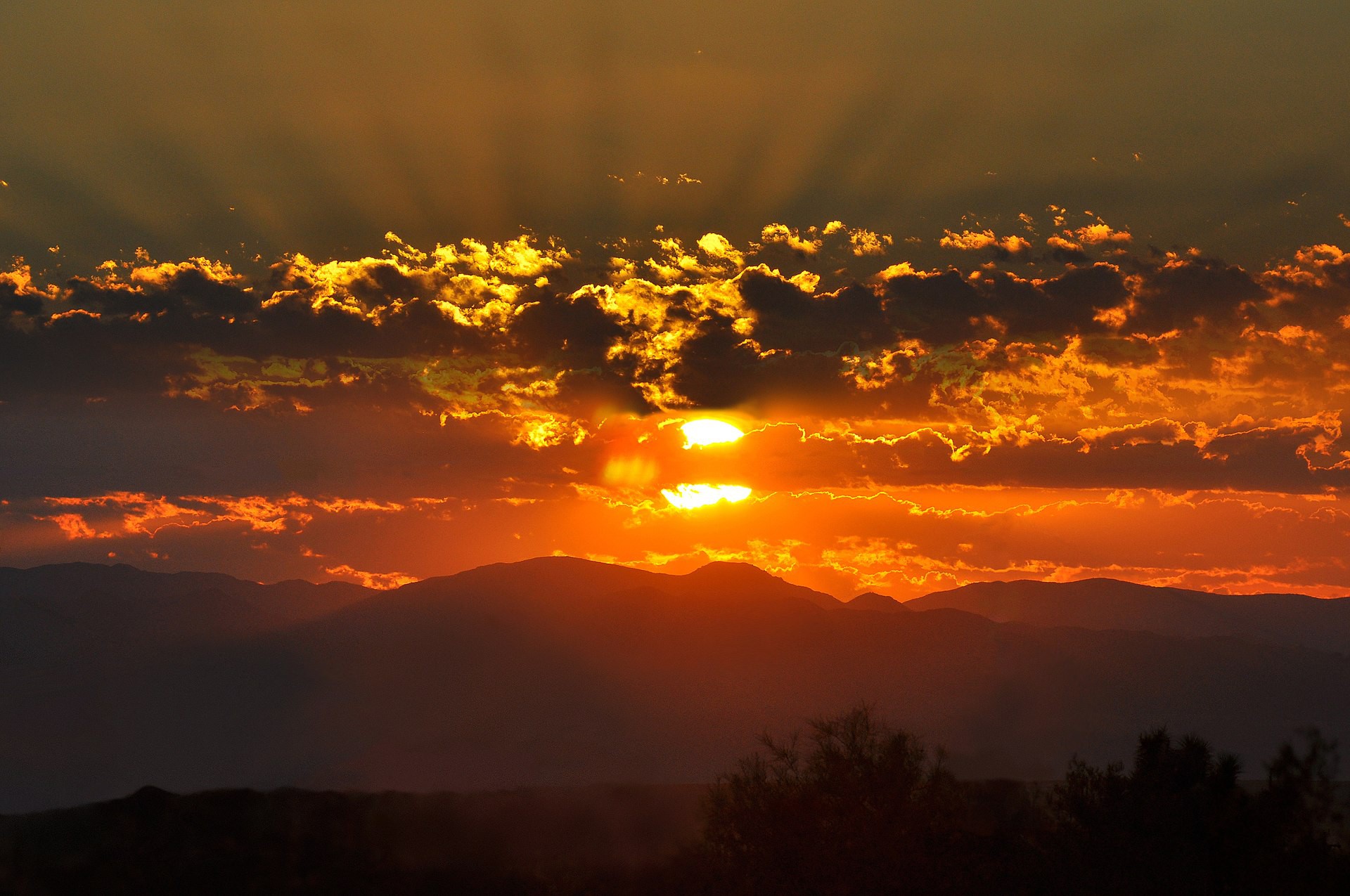 By Jessie Eastland - Own work, CC BY-SA 4.0, https://commons.wikimedia.org/w/index.php?curid=61912268
By Jessie Eastland - Own work, CC BY-SA 4.0, https://commons.wikimedia.org/w/index.php?curid=61912268
During sunrise (and during sunset too, from the same reason), sun is low above horizon, light from Sun has to travel long distance through atmosphere, where a lot of diffraction happens (and people in "higher" timezones see this light as their blue sky), so Sun looks orange or red, as its light is stripped of shorter wavelenghts. As the solar elevation angle is getting higher, the path through atmosphere is getting shorter, lose of short wavelength is decreasing and sun appears more "white", see on picture taken from here:
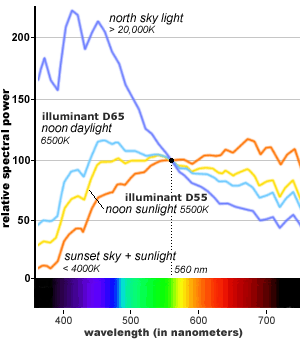 I was curious about how much the measured light output will change with blue filter on LDR, so I removed photodiode, added another LDR
I was curious about how much the measured light output will change with blue filter on LDR, so I removed photodiode, added another LDR 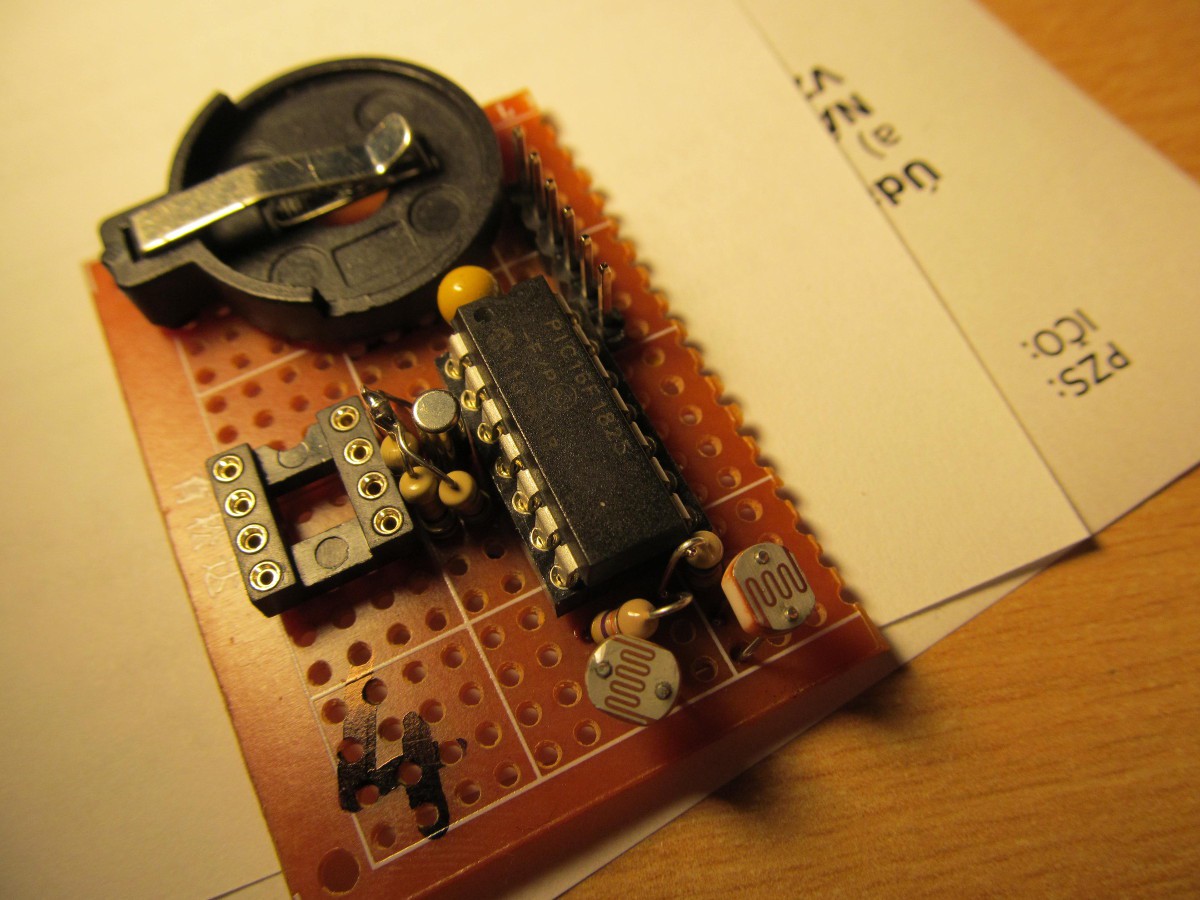
and set cone made of blue plastic sheet on top of it, secured by obligatory hot melt glue
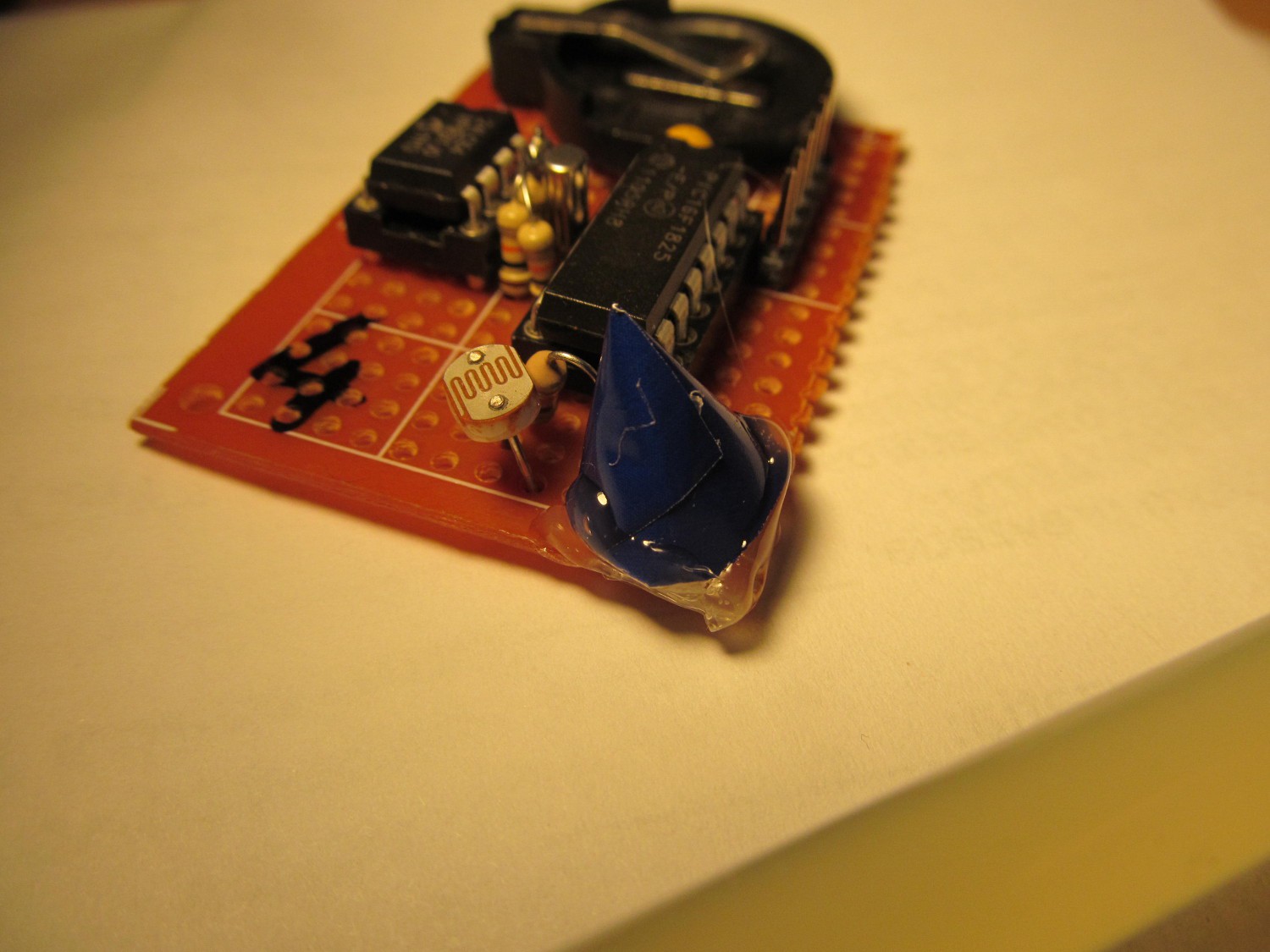
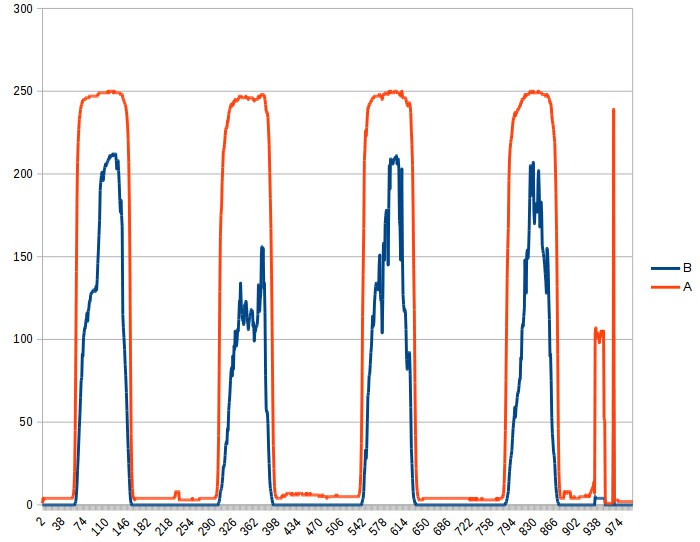
I made also derivation of the output. Blue line is clean channel, red is derivative of filtered channel. It was quite noisy, so I cut down when intensity from filtered output is above 50%. The peaks, corresponding to highest change of blue filtered channel do happen later on sunset and earlier on sunrise as opposed to clean channel - that is, the same algorithm on blue filtered LDR outputs events on higher solar elevation angle than unfiltered. The result is quite noisy, though, due to the opaque filter.
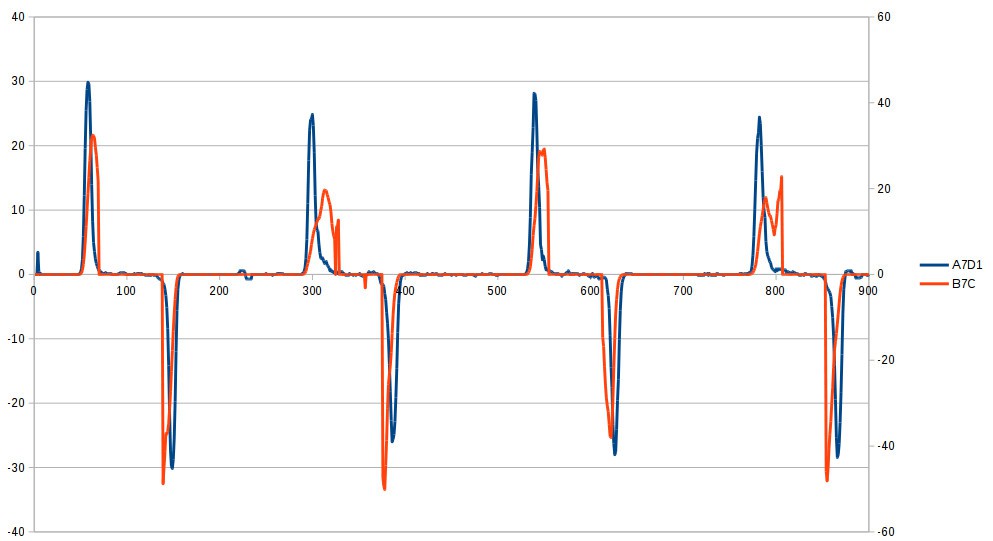 The advantage of detecting higher elevation angle may not be obvious, but it may help in increasing accuracy of geolocation by eliminating a lot of light level distortion due to obstacles in light path on horizon (mountains, trees, man-made objects) and partially weather.
The advantage of detecting higher elevation angle may not be obvious, but it may help in increasing accuracy of geolocation by eliminating a lot of light level distortion due to obstacles in light path on horizon (mountains, trees, man-made objects) and partially weather.I'll rework the opaque filter and try it again, to get less noisy results.
 jaromir.sukuba
jaromir.sukuba
Discussions
Become a Hackaday.io Member
Create an account to leave a comment. Already have an account? Log In.